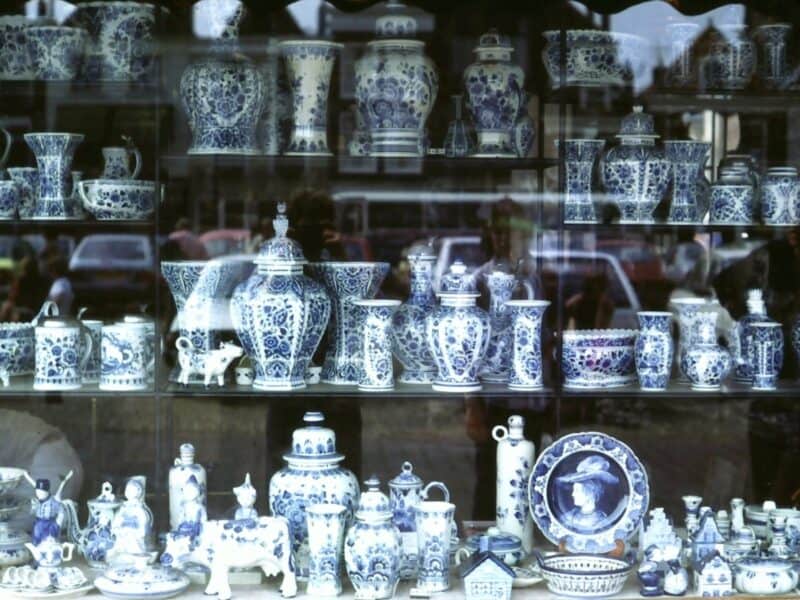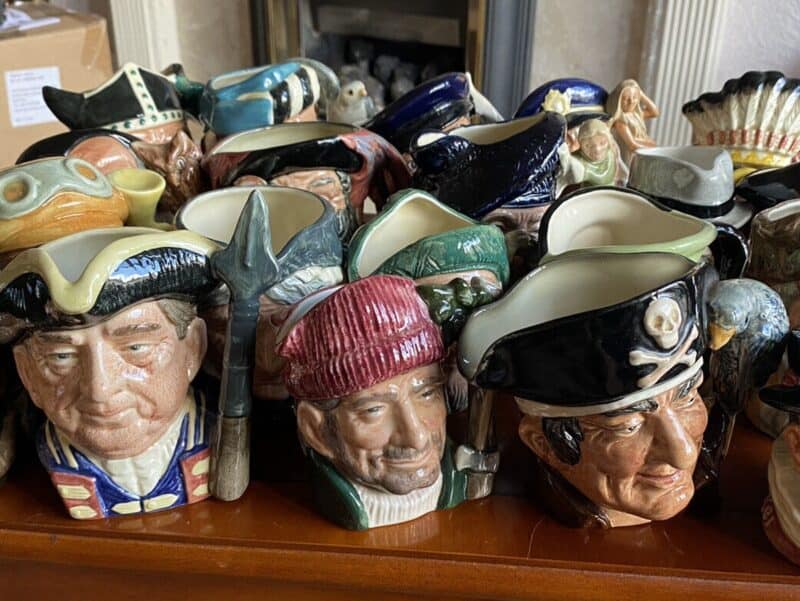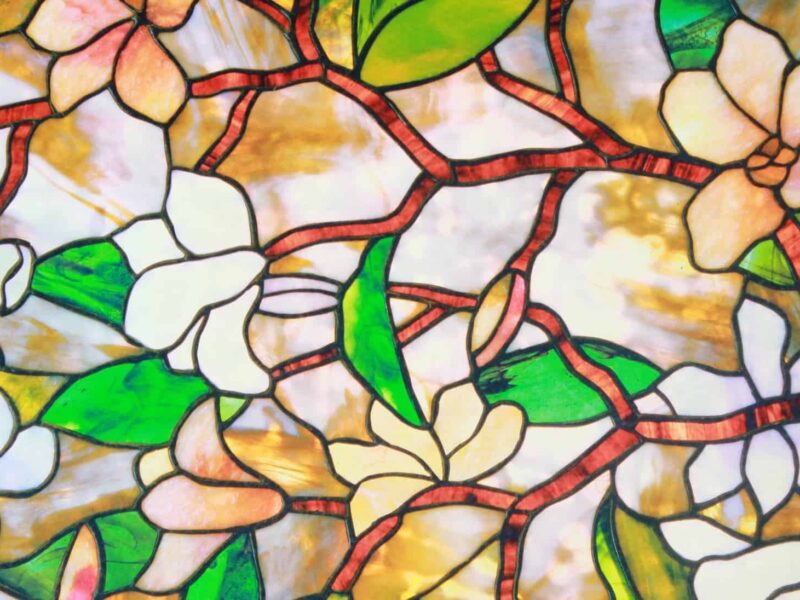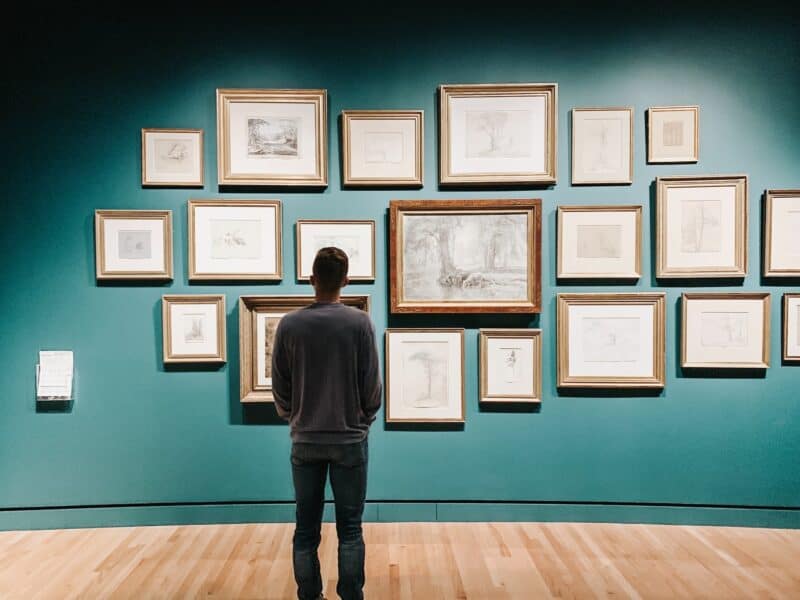
When it comes to collecting pottery there are many different styles and makes that are highly sought after and also different themes that are designed to suit all individual tastes. If you are just starting out and are not quite sure where to begin, here’s a run down on some of the more popular and most attractive styles of pottery.
Majolica
In 1851, a new type of Victorian pottery known as majolica was introduced at London’s Crystal Palace Exhibition – an international exposition of the day’s “works of industry.” Potter Herbert Minton had designed the pottery and his chemist, Leon Arnoux, had developed the process.

Majolica pieces are made from soft, porous earthenware fired at low temperatures (the biscuit stage). At this stage the ware has a light yellow colour which is covered by an opaque background enamel made from a metal-oxide like tin or lead. When the background glaze has dried, the design elements on the piece are painted with brightly coloured metal-oxide glazes and the piece is fired again.
The designs reflect the Victorian interest in natural sciences and feature butterflies and other insects, flowers and leaves, fruit, shells, animals, and fish.
Cornishware
The pottery’s origins date back to the early 20th century, but it wasn’t until the 1920s and ’30s that T.G. Green & Co. began manufacturing an extensive line of white-bodied kitchen canisters, teacups, pitchers, plates and other items, all bearing cheerful “Cornish blue” stripes.

Gold, bright yellow, green and red-striped wares were also produced over the years, but the blue-and-white striped wares are the ones that have become the most collectable over the past few years. Cornishware is still made today by the Cloverleaf factory.
Delft
Delftware has been around for centuries. Delft has a few factories still producing exquisite hand painted china including the 400-year-old Tichelaar factory but much of the “Delft ware” is produced in modern factories throughout the Netherlands.

The distinctive Delft style can trace its influences back to the adventuring of the Dutch East India Company in the late 16th and early 17th centuries.
They returned from China with the blue and white Wan Li style porcelain. The quantities were sufficient to impact significantly on the Dutch, with the result being the classic Delft blue and white style that is popular still today.
Delft styles have been applied to the dining table settings, mugs, jars, perfume bottles and so on, attracting prices in the collectable market from only a few pounds through to a few thousand pounds.
If you’re looking to start a collection of contemporary Delft then look for products from Royal Delft (De Porceleyne Delft) or Royal Makkum (Tichelaar Makkum).
Toby Jugs
No one knows for sure exactly what they were originally designed for or even where they came from, but Toby Jugs remain a highly desirable British collectable.

Toby Jugs traditionally feature a male figure with a smile on his face and a beer mug in his hand. His tricorn hat makes a perfect spout and he wears a long coat with low pockets, waistcoat, cravat, knee breeches, stockings and buckled shoes.
One of the most limited edition Doulton character jugs is the Toby Gillette, made in the character of a schoolboy. Only three copies were made and two were sold to an American collector at Sotheby’s for almost $20,000 each whilst the third is in the Sir Henry Doulton Gallery in Burslem, Stoke on Trent.


